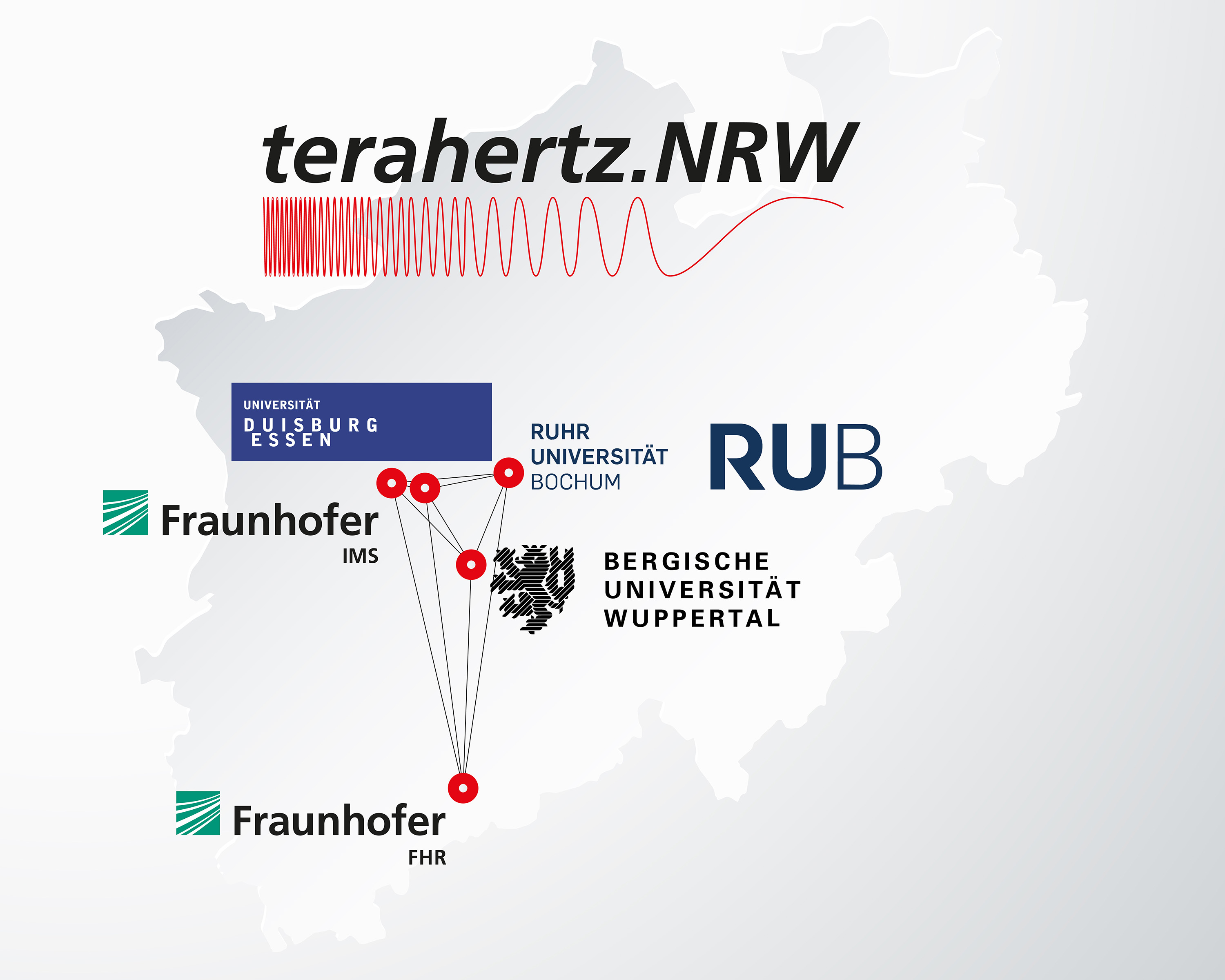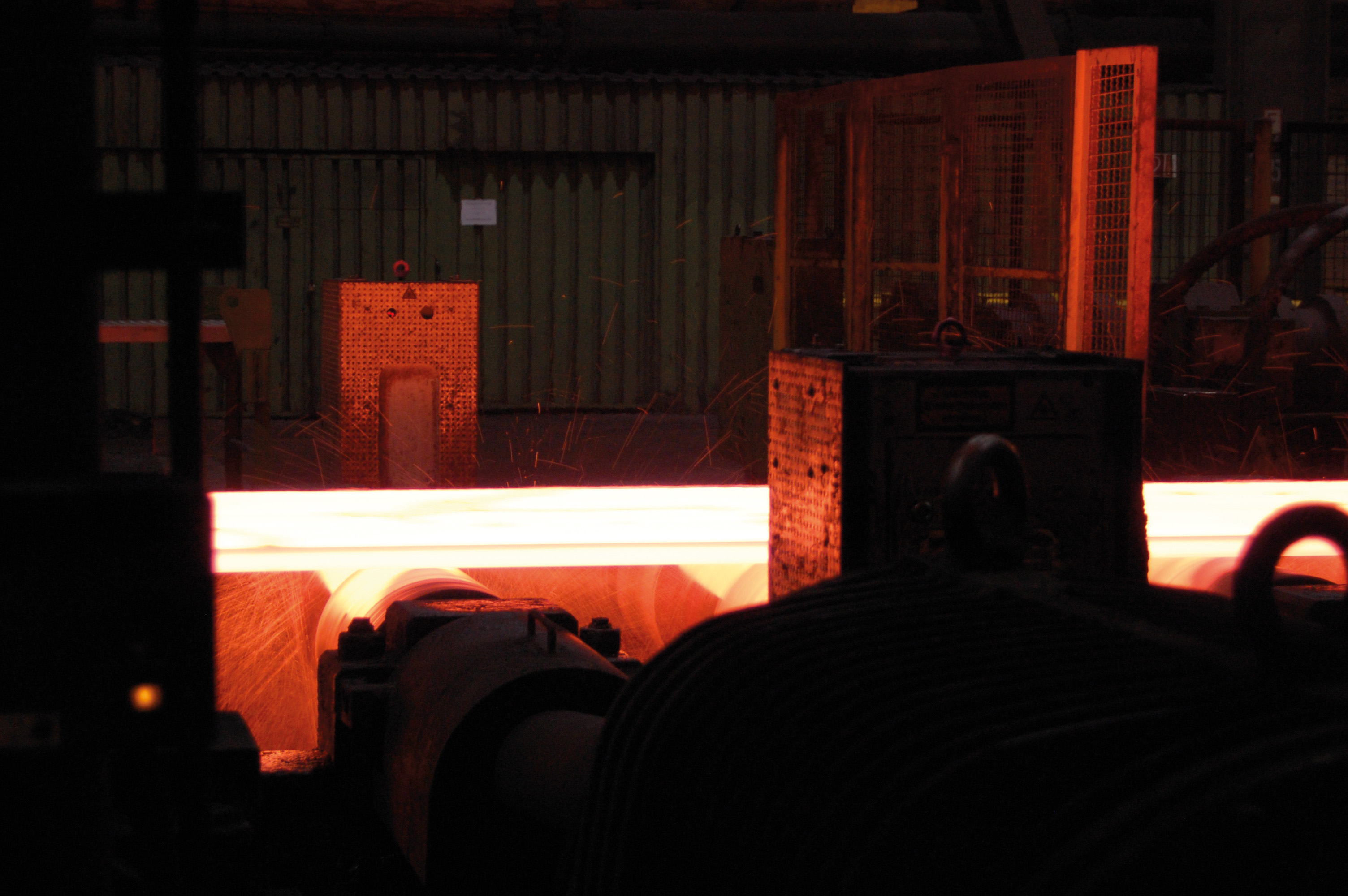terahertz.NRW: Fraunhofer FHR successful in funding program "Networks 2021" from the Ministry of Culture and Science North Rhine-Westphalia (MKW)
The Fraunhofer Institute for High Frequency Physics and Radar Techniques FHR in Wachtberg, in a consortium with the Ruhr University Bochum, the University of Duisburg-Essen, the University of Wuppertal and the Fraunhofer Institute for Microelectronic Circuits IMS, has been awarded a contract for the terahertz.NRW research network in the "Networks 21" funding program of the MKW.


With the "Networks 2021" funding program, the MKW aims to sustainably strengthen and expand existing thematically focused, cross-location research networks of universities, universities of applied sciences and non-university research institutions in NRW, and to increase their visibility and international competitiveness. The state of NRW is funding a total of five research networks with a total of 81 million euros for four years starting August 1, 2022.
The terahertz.NRW consortium led by Fraunhofer FHR and was considered by the MKW as one of the five networks. "We are very pleased about this great joint success and are sure that we will be able to make great progress in the field of terahertz applications through the close integration of our expertise and building on our existing long-standing cooperation," said project leader Dr.-Ing. Dirk Nüßler, department head of Integrated Sensor Systems and Circuits and deputy institute director of Fraunhofer FHR.
The terahertz (THz) frequency range, located beyond visible light and infrared radiation, has great potential for many application fields in communication, localization, material characterization, medical technology and environmental monitoring. The enormous frequency bandwidths available promise a disruptive leap in data rates in communications technology and in the information content and resolution capability in sensor technology. terahertz.NRW builds on the results of existing research collaborations at the participating institutions and is intended to close the existing gap between basic research and innovation-driven economic development in the long term. "Our goal is to further raise the technological potential of THz technology and to lead the foreseeable international wave of innovation with excellent research," says Dr. Dirk Nüßler.
The research work of Fraunhofer FHR finds concrete application in industrial production and communication. With the help of electronic terahertz waves, for example, production processes can be monitored (inline measurement technology) and materials can be analyzed without contact. For communication, new sensors for fast data transmission are being developed for use at 6G and beyond. Other applications from the consortium include a stylus for diagnosing skin cancer or a sensor integrated into a cell phone for analyzing viruses, bacteria and gases. Likewise, the consortium partners also plan to initiate new projects from within the network, such as expanding the Fraunhofer-Gesellschaft's locations at the university campuses in Bochum and Duisburg and turning them into a cluster of excellence and a future cluster.